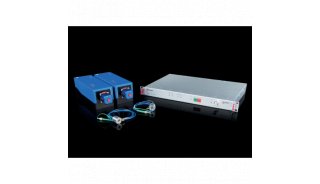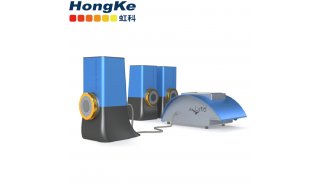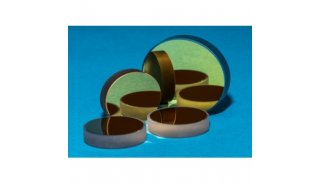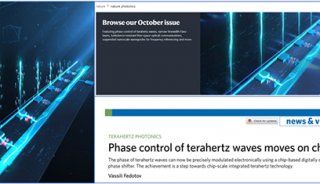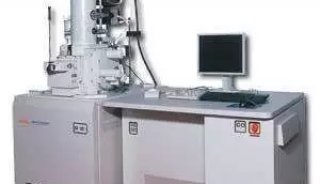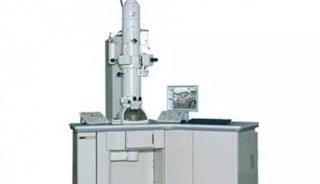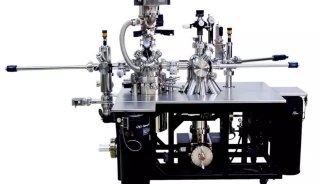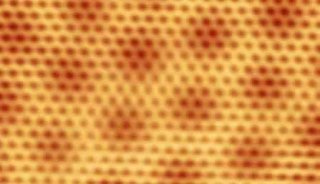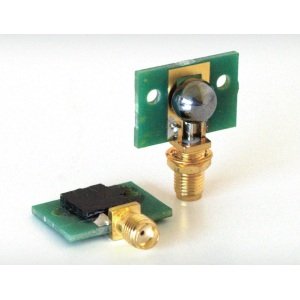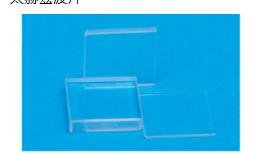石墨烯在太赫兹频段实现的无线片上网络(WiNoC)(二)
2. System Model of Nanocommunications in a GWiNoC
Figure 1 illustrates a typical GWiNoC package where two on-chip cores
and
are both equipped with GNAs and are considered as transmitter and receiver cores, respectively. The package is covered by a metal cube box having a longest rectangular side of and a height of . Let and denote the height of the GNAs at and , respectively. The material property of the transmission medium between and is represented by the relative permittivity (or dielectric constant) (Note that in vacuum, while in other materials [29].) A general transmission medium is considered, of which the composition consists of water vapour, carbon dioxide, oxygen, nitrogen, ozone, molecular hydrogen, nitrous oxide, methane, dioxygen, nitrogen oxide, sulfur dioxide, acetylene, ethane, ethylene, methanol, hydrogen cyanide, chloromethane, hydroxyl radical, hydrogen chloride, chlorine monoxide, carbonyl sulfide, formaldehyde, hypochlorous acid, hydrogen peroxide, phosphine, carbonyl fluoride, sulfur hexafluoride, hydrogen sulfide, formic acid, hydroperoxyl radical, chlorine nitrate, nitrosonium ion, hypobromous acid, bromomethane, acetonitrile, carbon tetrafluoride, diacetylene, cyanoacetylene, carbon monosulfide, and sulfur trioxide [30]. These gas compositions are assumed to be time-invariant over the transmission of a data frame and change independently from one frame to another. Let denote the distance between and . Here, and are assumed to be located at any positions within the chip package. The detailed investigation of the practical issues of the antenna deployment within the chip can be referred to in [31]. It is noted that the dielectric material causes a higher propagation path loss than the transmission over the pure air. The absorption and resonance of the medium compositions within the chip package should be taken into account in the channel modeling, especially in THz frequency band where various molecules and their isotopologues may cause a considerable MAA [30]. Therefore, the signal transmission between andin Figure 1 suffers from the path loss caused by not only the DPL but also the MAA.
Figure 1: System model of the communications between two cores in a typical GWiNoC package.
For convenience, the main notations and the well-known constants used in this paper are listed in Notations and Table 1, respectively.
Table 1: List of constants.
3. Proposed Channel Model for GWiNoC
In the proposed channel model for GWiNoC, the total path loss of electromagnetic signal transmitted from
to
consists of DPL and MAA. The details are presented as follows.
3.1. Dielectric Propagation Loss (DPL)
It can be observed in Figure 1 that the data transmission between two cores within the chip package can be carried out via direct line-of-sight (LOS) and/or various reflected, refracted, and scattered waves. In the scope of this work, we consider a specific two-ray propagation model to realise the effects of both the direct and reflection links within the chip package (e.g., in [32]) with the assumption that a single reflection link is dominant over other multipath reflection links. (The considered model is extendible to a general model with multiple rays by adding more rays as in [33].) Therefore, the total received E-field
[V/m] at
consists of the LOS component [V/m] and the reflected component [V/m]. Summing up these two components, we havewhere [V/m] is the E-field at a reference distance [m] and [rad] is the phase difference between the two E-field components. Here, following the same approach as in [32] can be approximated bywhere [m] and [m] denote the height of the GNAs at and , respectively. Here, denotes the phase velocity which is the speed of wave in the dielectric given by [29]wherem/s is the speed of light in the vacuum.
From (1), (2), and (3), the received power
[W] at
can be computed bywhere denotes the antenna gain at . Note that the equivalent isotropically radiated power (EIRP) is given bywhere [W] and denote the transmitted power and gain of the GNA at , respectively. From (4) and (5), can be given byLetting denote the DPL between and , we then haveRemark 1 (impact of chip material on DPL). It can be noticed from (7) that the DPL (i.e., ) of the nanocommunications between two on-chip cores depends on not only the physical parameters of the antennas, such as antenna gain (i.e., , ), height (i.e., , ), frequency (i.e., ), and distance (i.e., ), but also the material of the chip which is reflected by its relative permittivity (i.e., ). A further notice is that, when , we can deduce and thus . This accordingly implies that the chip material has a considerable impact on the performance of the wireless nanocommunications since the data could not be transferred reliably or even totally lost in a high-permittivity medium.






